In August 2017, armed attacks, massive scale violence, and serious human rights violations forced thousands of Rohingya to flee their homes in Myanmar’s Rakhine State. Many walked for days through jungles and undertook dangerous sea journeys across the Bay of Bengal to reach safety in Bangladesh. Now, more than 900,000 people have found safety in the Cox Bazar’s region of Bangladesh which is now home to the world’s largest refugee camp. The United Nations has described the Rohingya as “the most persecuted minority in the world.”
Here’s What You Need to Know:
1. Who are the Rohingya?
2. How did the Rohingya refugee crisis begin?
3. Where are the Rohingya seeking refuge?
4. How does the monsoon season impact Rohingya refugees in Bangladesh?
5. What is happening to Rohingya refugees in Bangladesh right now?
6. How is UNHCR supporting refugee representation and female leadership among the Rohingya population during the COVID-19 pandemic?
Who are the Rohingya?
The Rohingya are a Muslim ethnic minority group who have lived for centuries in predominantly Buddhist Myanmar – formerly known as Burma. Despite living in Myanmar for many generations, the Rohingya are not recognized as an official ethnic group and have been denied citizenship since 1982, making them the world’s largest stateless population.
As a stateless population, Rohingya families are denied basic rights and protection and are extremely vulnerable to exploitation, sexual and gender-based violence (SGBV) and abuse.
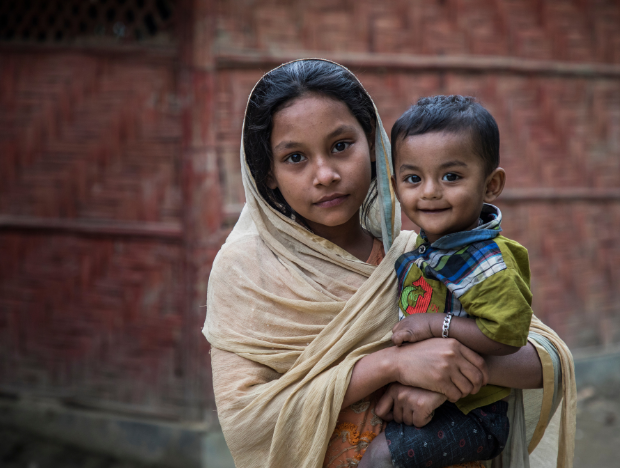
How did the Rohingya refugee crisis begin?
The Rohingya have suffered decades of violence, discrimination and persecution in Myanmar. Their largest exodus began in August 2017 after a massive wave of violence broke out in Myanmar’s Rakhine State, forcing more than 700,000 people – half of them children – to seek refuge in Bangladesh. Entire villages were burned to the ground, thousands of families were killed or separated and massive human rights violations were reported.
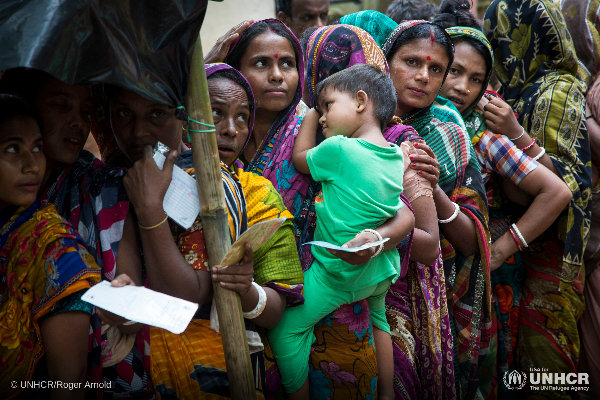
Where are the Rohingya seeking refuge?
Today, there are 980,000 refugees and asylum-seekers from Myanmar in neighboring countries. Approximately 919,000 Rohingya refugees are living at the Kutupalong and Nayapara refugee camps in Bangladesh’s Cox’s Bazar region — which have grown to become some of the largest and most densely populated camps in the world.
Approximately 75 percent of those living in the Cox’s Bazar region arrived in September 2017. They joined more than 200,000 Rohingya who had fled Myanmar in previous years. More than half of those who have arrived are women and children.
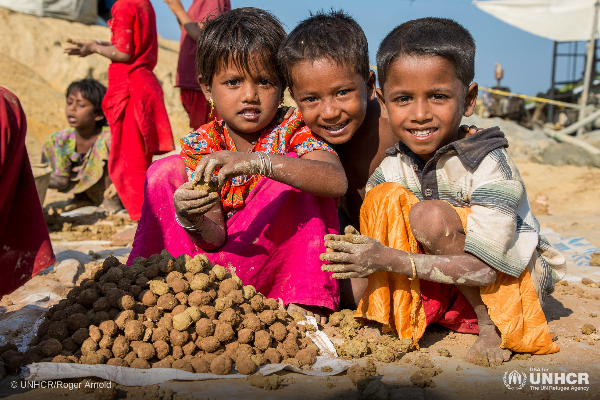
Learn more about life inside Kutupalong refugee camp
Rohingya refugees have also sought refuge in other neighboring countries like Thailand (92,000) and India (21,000), with smaller numbers settling in Indonesia, Nepal and other countries across the region.
Armed clashes across Myanmar have continued to trigger displacement, bringing the total number of internally displaced people (IDP) within the country to more than 1.1 million — 769,000 of whom have been internally displaced since February 2021.
How does the monsoon season impact Rohingya refugees in Bangladesh?
The monsoon season runs from June to October each year and brings heavy rainfall and strong winds to Bangladesh, increasing the risk of floods and landslides. Hundreds of thousands of Rohingya have found refuge in flimsy shelters made of bamboo and tarp which have been built in areas prone to landslides, which may not stand torrential rains and heavy winds.
The rainy season also exacerbates the risk of disease – such as hepatitis, malaria, dengue and chikungunya – in crowded camps that don’t have proper water and sanitation facilities, putting children and the elderly at particular risk.
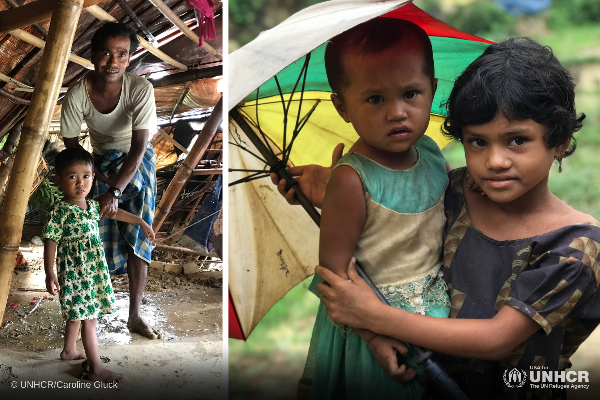
What is happening to Rohingya refugees in Bangladesh right now?
In late July 2021, deadly monsoon rains devastated the Cox’s Bazar region of Bangladesh, killing six Rohingya refugees and affecting more than 21,000 more. An estimated 3,800 shelters have been damaged or destroyed and 13,000 refugees have been forced to temporarily relocate.
More heavy downpours are expected with the monsoon season stretching through October. The situation is further compounded by the COVID-19 pandemic — there is currently a strict national lockdown in response to rising cases across the country.
UNHCR has deployed its Emergency Response Teams to assess the damage, collect data, provide immediate assistance and support refugee volunteers and partners. 1,600 volunteer refugee and host community emergency responders trained in flood and monsoon response are active throughout the camps assisting families and individuals. Together, UNHCR and volunteers are distributing shelter materials, tarps, solar lamps, water containers and clean water; and community health workers are identifying and referring refugees who require medical and psychosocial support to health facilities and doing disease surveillance.
For many refugee families, the monsoon rain and flooding compounds the tragedy of a massive fire that swept through the camp in early 2022.
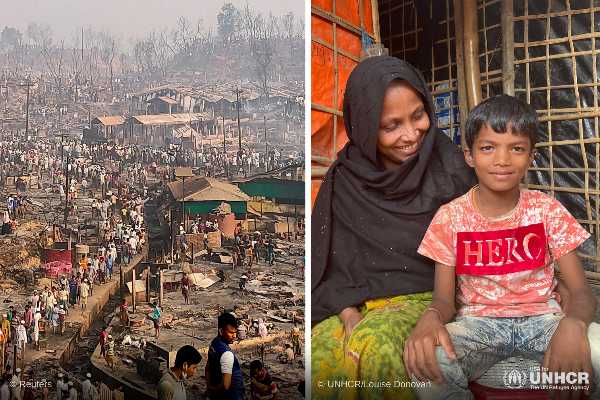

 How is UNHCR supporting refugee representation and female leadership among the Rohingya population during the COVID-19 pandemic?
How is UNHCR supporting refugee representation and female leadership among the Rohingya population during the COVID-19 pandemic?
Respecting the autonomy, leadership and input of refugees is essential when responding to a crisis. With this in mind, UNHCR and partners have supported elections for refugee representatives in several Rohingya settlements. These refugee representatives play an important role in relaying information to the community and communicating refugees’ needs and feedback to camp authorities.
During the COVID-19 pandemic, UNHCR has also trained a group of community health volunteers — 50 percent of whom are women and girls. This group has become essential in providing health education, conducting community outreach and delivering first-aid. Having the opportunity to support and shape their community empowers many Rohingya women and gives them the chance to learn new skills and regain control of their lives.
Also as part of the livelihood activities conducted in camps, in 2020 more than 500,000 masks were produced by refugee and local Bangladeshi women. This ongoing initiative is providing free masks to all refugees and an income to approximately 284 refugee women and 60 women in the host communities.
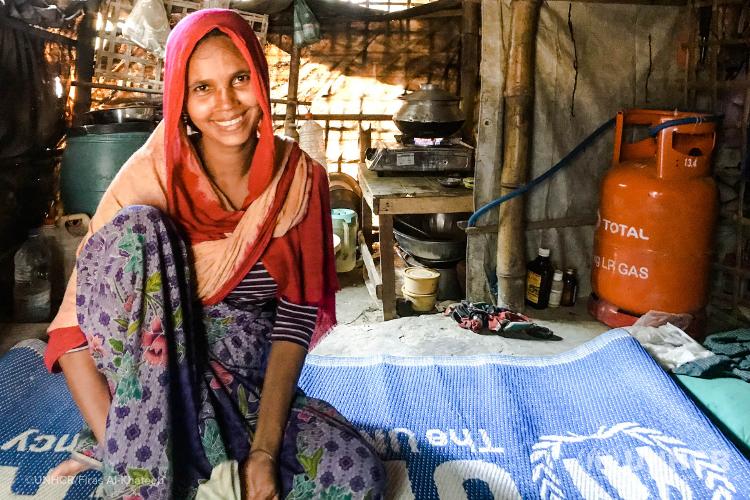

Rohingya refugees in Bangladesh need your help…
UNHCR is on the ground providing lifesaving humanitarian support to hundreds of thousands of Rohingya refugees. However, they need your help. Becoming a monthly donor is the most efficient and effective way to help those fleeing conflict. Make a difference in the lives of refugees by becoming USA for UNHCR’s newest monthly donor.
Post Disclaimer
Disclaimer: Rohingya Refugee Crisis Explained - Views expressed by writers in this section are their own and do not necessarily reflect Latheefarook.com point-of-view